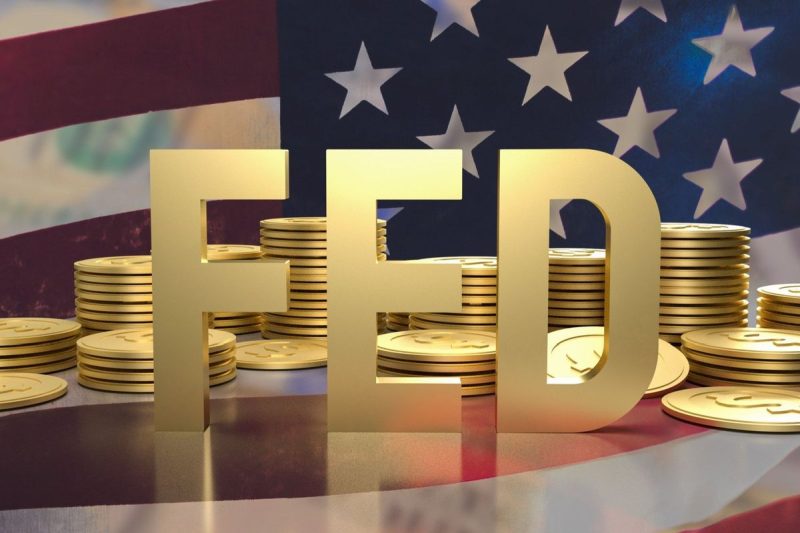In the face of uncertainty in global markets, investors often turn to assets that have historically been considered safe havens. One such asset that has long held appeal for investors seeking stability and a hedge against economic turmoil is gold. Recently, the price of gold reached a fresh all-time high before experiencing a pullback following the Federal Reserve’s decision to cut interest rates. This fluctuation in the price of gold highlights the complex interplay of various factors that can influence the precious metal’s value.
Historically, gold has been viewed as a store of value and a safe haven asset, particularly during times of economic uncertainty or market volatility. Investors often turn to gold as a hedge against inflation, currency devaluation, and geopolitical risks, seeking the stability and security that the precious metal is believed to offer.
The recent surge in the price of gold to a fresh all-time high reflects growing concerns among investors about the state of the global economy and the potential for a downturn. Uncertainties surrounding trade tensions between the United States and China, as well as geopolitical risks in the Middle East and elsewhere, have contributed to a sense of unease in financial markets. In such an environment, investors have turned to gold as a perceived safe haven asset, driving up its price.
However, the price of gold pulled back following the Federal Reserve’s decision to cut interest rates in an effort to support the economy. The Fed’s decision to lower rates can have a mixed impact on the price of gold. On one hand, lower interest rates can weaken the US dollar, making gold relatively more attractive to investors holding other currencies. On the other hand, lower rates can also boost risk appetite and drive investors towards riskier assets, potentially dampening demand for gold.
The interplay of these and other factors contributes to the volatility in the price of gold, as seen in the recent fluctuations. While gold has traditionally been viewed as a safe haven asset, its price can be influenced by a complex array of factors, ranging from economic indicators to geopolitical developments to central bank policies.
Looking ahead, the price of gold is likely to remain sensitive to shifts in market sentiment, economic data releases, and geopolitical events. Investors will continue to monitor developments closely and reassess their strategies in response to changing conditions. In the meantime, the allure of gold as a safe haven asset is likely to persist, providing a source of stability and security for investors navigating uncertain market waters.
